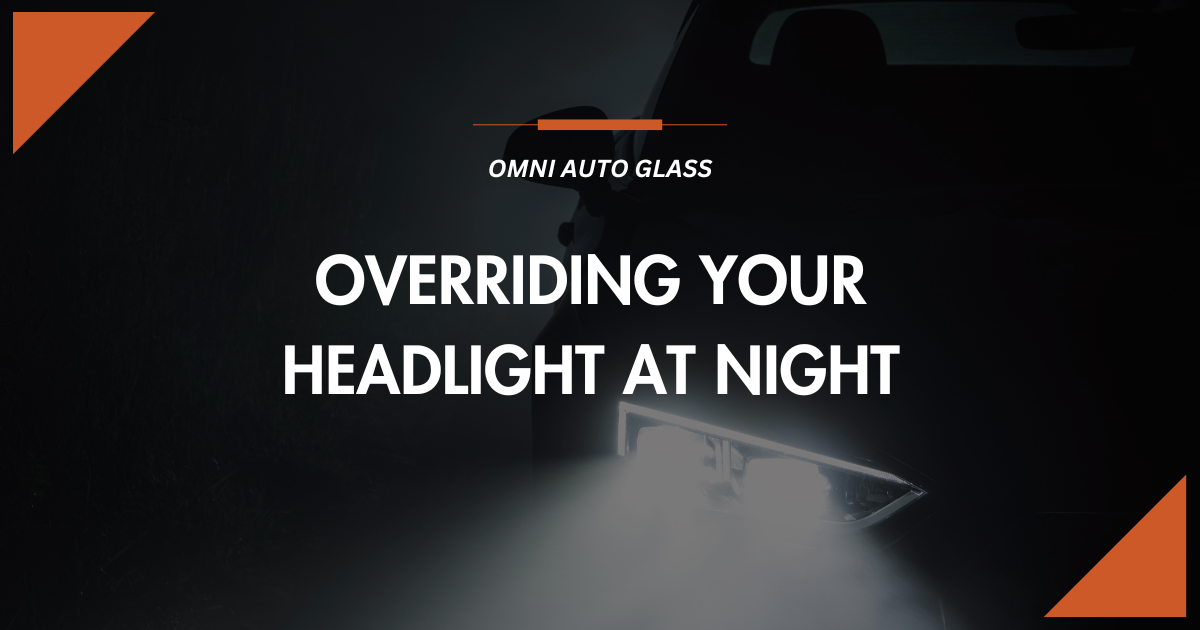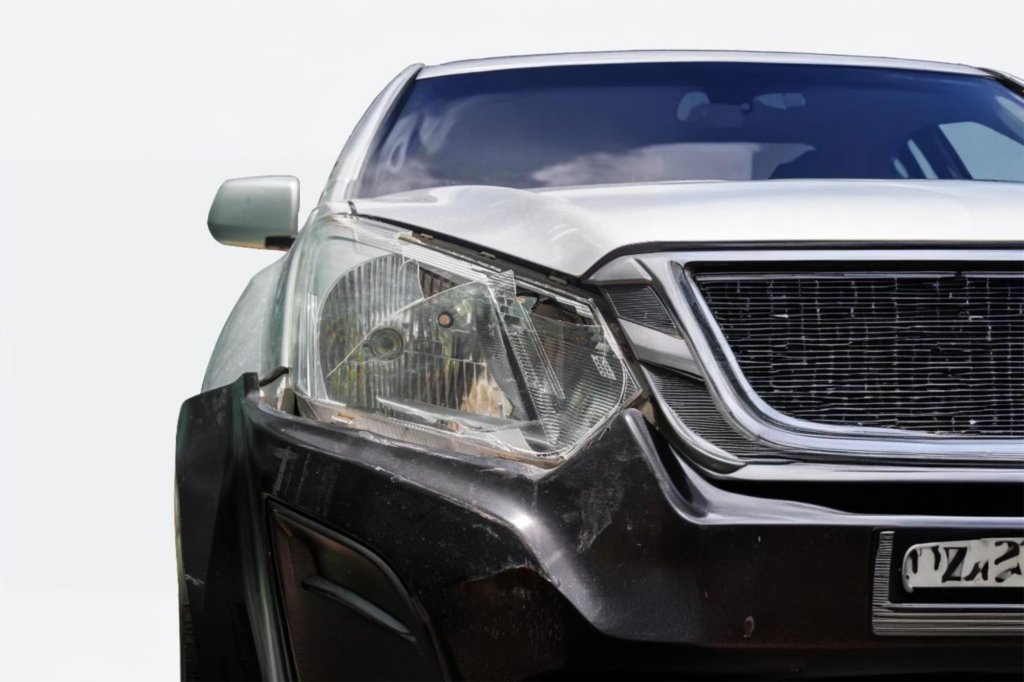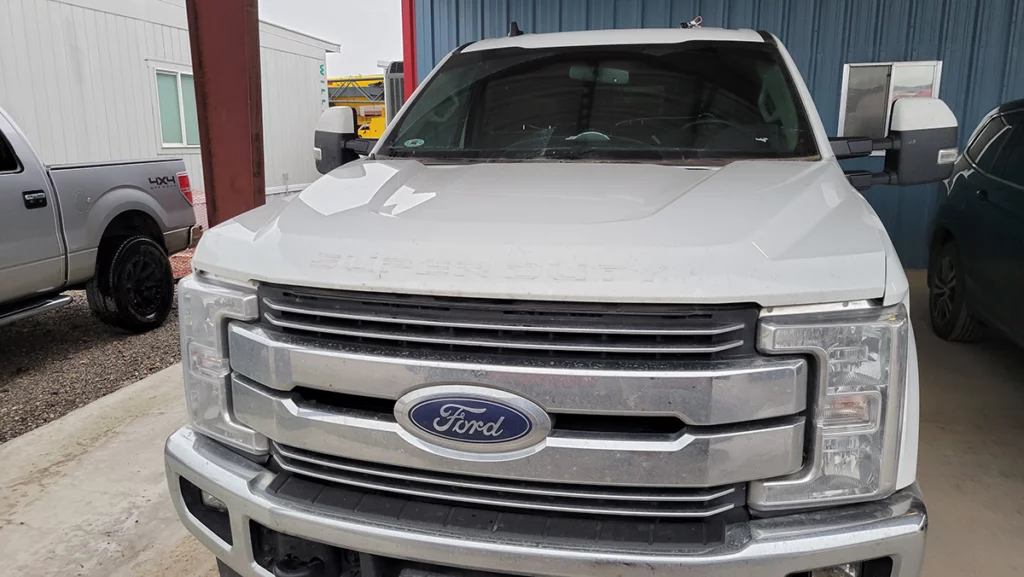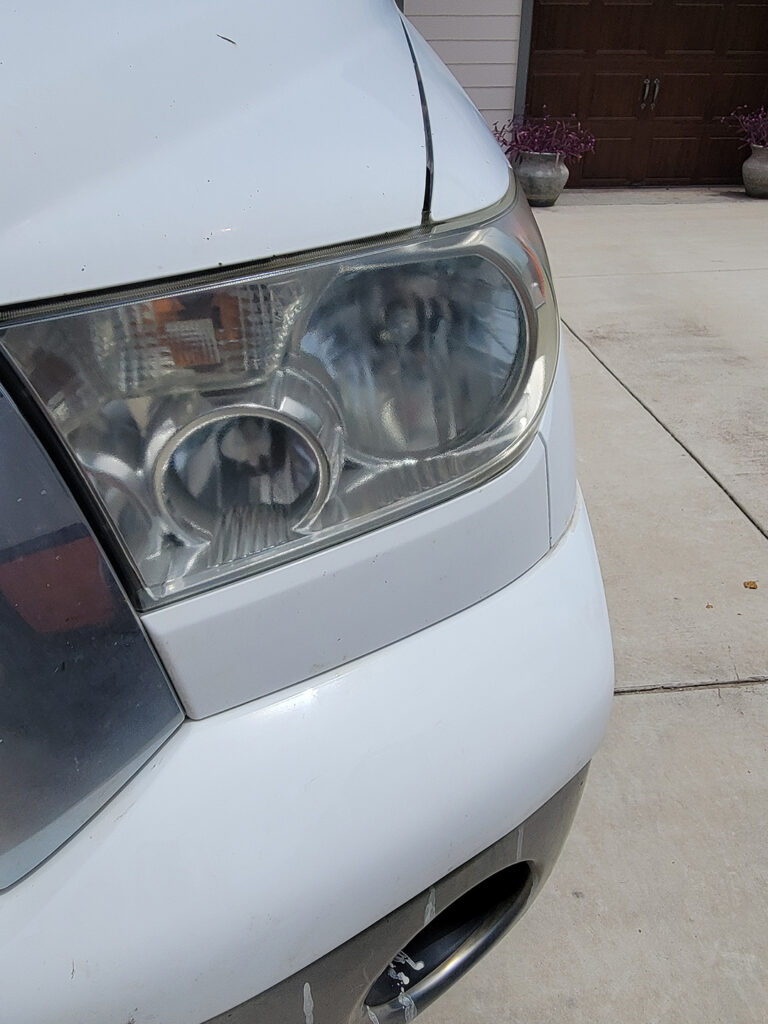Driving at night presents unique challenges, and one of the most critical safety concerns is overriding your headlights. This term might be unfamiliar to some, but understanding it is vital for ensuring your safety on the road. This article will explain what overriding your headlights at night means, why it occurs, and how you can prevent it. By following these guidelines, you’ll be better prepared to handle night driving safely and effectively.
Understanding Headlight Override
Overriding your headlights occurs when your stopping distance exceeds the illuminated area provided by your headlights. This means you’re driving so fast that you cannot stop within the distance lit by your headlights. If an obstacle appears in this dark zone, you may not have enough time to react, leading to potential accidents.
Why is this dangerous? Reduced reaction time is a significant risk. When you cannot see obstacles or hazards in time, your reaction window diminishes drastically, increasing the risk of collision. Impaired visibility is another factor; at higher speeds, even a slight delay in detecting hazards can have severe consequences. Additionally, human eyes are less effective in low-light conditions, making it harder to perceive distances and obstacles.
Causes of Headlight Override
Several factors contribute to overriding your headlights. Speeding is the most common cause, as driving too fast for your headlights’ reach can lead to this issue. Dirty headlights can significantly reduce the light output, making it harder to see the road ahead. Improper headlight alignment can also limit the effective range of illumination, while weather conditions such as fog, rain, and snow can scatter light and reduce visibility, effectively shortening the range of your headlights. Finally, aging headlights can dim over time, providing less illumination than when they were new.
Overriding Headlight at Night: Prevention Tips
To prevent overriding your headlights, it is essential to maintain a safe speed. Adjusting your speed to ensure your stopping distance is within the range illuminated by your headlights is crucial. A general rule is not to exceed 55 mph when using low beams and 70 mph with high beams. Regular headlight maintenance is also vital; cleaning your headlights regularly ensures maximum light output, and replacing old or dimming bulbs promptly keeps your headlights functioning correctly. Ensuring your headlights are properly aligned is another important step. Misaligned headlights can reduce your ability to see the road ahead.
Using high beams appropriately is another key prevention tip. High beams should be used when driving in rural or poorly lit areas, but it is essential to switch to low beams when there’s oncoming traffic to avoid blinding other drivers. If you frequently drive at night or in adverse conditions, consider installing auxiliary driving lights for additional illumination.
What to Do If It Happens
If you find yourself overriding your headlights while driving at night, the first step is to reduce your speed gradually to increase the distance you can see ahead. If safe, switch to high beams to extend your visibility. If visibility is severely compromised, find a safe place to pull over until conditions improve or you can address the issue. Before resuming your journey, ensure your headlights are clean and functioning correctly.
Additional Safety Measures
In addition to the above tips, there are several additional measures you can take for safe night driving. Regular vehicle maintenance is crucial; keeping your vehicle in good condition and regularly checking and maintaining all lights, including taillights and indicators, can help prevent headlight override. Staying attentive is another important aspect of night driving. Avoid distractions and stay focused on the road. Finally, taking breaks is essential during long drives. Fatigue can impair your reaction time, so regular breaks help you stay alert.
Conclusion
Overriding your headlights at night is a serious safety issue that can be prevented with proper understanding and precautions. By maintaining safe speeds, ensuring your headlights are clean and correctly aligned, and using high beams appropriately, you can reduce the risk of accidents caused by headlight override. Stay vigilant, keep your vehicle well-maintained, and prioritize safety to ensure a safe driving experience at night.
Remember, the key to safe night driving is seeing and being seen. Implement these tips and share this knowledge with others to promote safer roads for everyone.
Back to top: Overriding Your Headlight at Night: What You Need to Know




